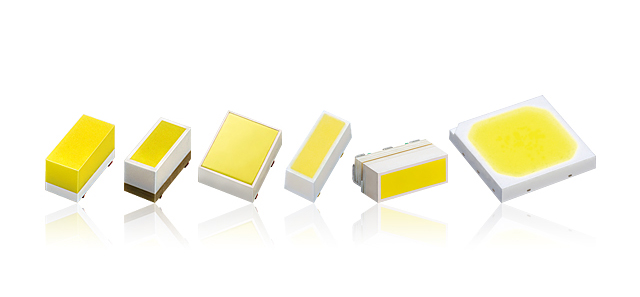Dies ist ein benutzerdefiniertes Überschriftenelement
LED-Beleuchtung Die Leuchtdiode (LED) ist eine der energieeffizientesten und sich am schnellsten entwickelnden Beleuchtungstechnologien von heute. Hochwertige LED-Glühbirnen halten länger, sind haltbarer, und bieten eine vergleichbare oder bessere Lichtqualität als andere Beleuchtungsarten.
LED ist eine sehr energieeffiziente Beleuchtungstechnologie, und hat das Potenzial, die Zukunft der Beleuchtung in den Vereinigten Staaten grundlegend zu verändern. LEDs für den Wohnbereich — insbesondere ENERGY STAR-zertifizierte Produkte — Verwenden Sie mindestens 75% weniger Energie, und zuletzt 25 mal länger, als Glühlampen.
Der weit verbreitete Einsatz von LED-Beleuchtung hat den größten Einfluss auf die Energieeinsparung in den Vereinigten Staaten. Von 2027, Durch den weit verbreiteten Einsatz von LEDs könnten ca. 348 TWh (im Vergleich zu keinem LED-Einsatz) der Elektrizität: Dies entspricht der äquivalenten jährlichen elektrischen Leistung von 44 large electric power plants (1000 megawatts each), and a total savings of more than $30 billion at today’s electricity prices.

Top 8 Things You Didn’t Know About LEDs
1. In 2012, about 49 million LEDs were installed in the U.S. — saving about $675 million in annual energy costs. Switching entirely to LED lights over the next two decades could save the U.S. $250 billion in energy costs, reduce electricity consumption for lighting by nearly 50 percent and avoid 1,800 million metric tons of carbon emissions.
2. The first visible-spectrum LED was invented by Nick Holonyak, Jr., while working for GE in 1962. Since then, the technology has rapidly advanced and costs have dropped tremendously, making LEDs a viable lighting solution. Zwischen 2011 Und 2012, global sales of LED replacement bulbs increased by 22 percent while the cost of a 60-watt equivalent LED bulb fell by nearly 40 percent. Von 2030, it’s estimated that LEDs will account for 75 percent of all lighting sales.
3. Since the Energy Department started funding solid-state lighting R&D in 2000, these projects have received 58 patents. Some of the most successful projects include developing new ways to use materials, extract more light, and solve the underlying technical challenges. Most recently, the Energy Department announced five new projects that will focus on cutting costs by improving manufacturing equipment and processes.
4. LEDs contain no mercury, and a recent Energy Department study determined that LEDs have a much smaller environmental impact than incandescent bulbs. They also have an edge over compact fluorescent lights (CFLs) that’s expected to grow over the next few years as LED technology continues its steady improvement.
5. From traffic lights and vehicle brake lights to TVs and display cases, LEDs are used in a wide range of applications because of their unique characteristics, which include compact size, ease of maintenance, resistance to breakage, and the ability to focus the light in a single direction instead of having it go every which way.
6. Unlike incandescent bulbs — which release 90 percent of their energy as heat — LEDs use energy far more efficiently with little wasted heat.
7. Good-quality LED bulbs can have a useful life of 25,000 hours or more — meaning they can last more than 25 times longer than traditional light bulbs. That is a life of more than three years if run 24 hours a day, seven days a week.
8. A light-emitting diode, or LED, is a type of solid-state lighting that uses a semiconductor to convert electricity into light. Today’s LED bulbs can be six-seven times more energy efficient than conventional incandescent lights and cut energy use by more than 80 percent.
